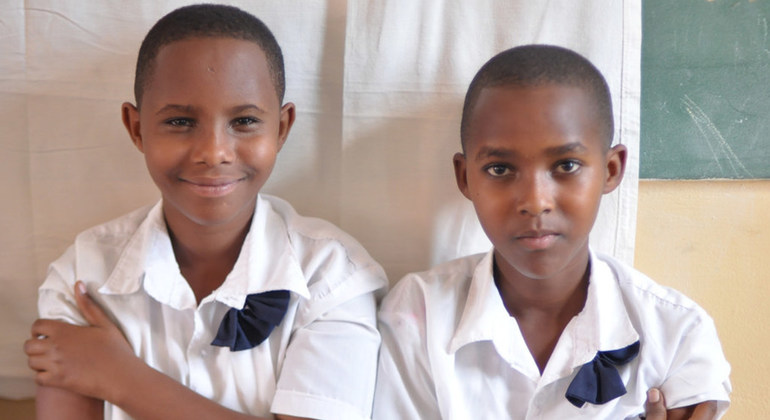In a statement released to coincide with International Childhood Cancer Day, marked globally on 15 February to raise awareness of the illness, the International Agency for Research on Cancer (IARC) said that providing better data would help reduce the burden of childhood cancer.
“To combat childhood cancer and inequality, the scale of the problem must be known”, UN experts warned, remarking that in “low-resource settings, survival rates are only about one quarter those in high-resource settings”. If in high-income countries, 80% of patients can be cured, in low and middle-income countries, only about 20% of children with cancer will survive.
According to the UN agency, the inequalities are due to a lack of awareness among health professionals, as well as a lack of efficient medical infrastructure and diagnostic and treatment facilities. Hence, “country of residence is the best predictor of outcome for children with cancer”, experts note.
According to WHO, proper and timely medical care would increase the survival rates significantly, but many young people in those countries are not receiving the right treatment.
High-quality data is critical to better combat the disease worldwide
Also, the lack of infrastructure and high-quality cancer registries in many low-income countries means that data outlining the burden of childhood cancer are scarce. For example, information on cancer incidence is available for only 5% of Africa’s child population, and survival rates are available for an even smaller percentage.
WHO data shows that compared with adults, children are affected by different types of cancer. Almost half of childhood cancers are blood cell-related, and the most frequent other malignancies are tumours of the central nervous system and tumours that develop from embryonal tissues.
To help better understand and fight childhood cancer, IARC has joined the recently formed WHO Global Initiative for Childhood Cancer, which seeks to reduce inequalities in access to diagnosis and in quality of treatment, and improve treatment outcomes for all children.
According to IARC scientist Dr. Eva Steliarova-Foucher, the research agency is able set to offer “valuable technical support to help countries build their information systems and use data on cancer incidence, survival, and mortality for cancer control planning, monitoring, and evaluation.”
“Many countries are unaware of the extent of the childhood cancer burden,” IARC Director Dr. Elisabete Weiderpass added, pointing out that “the lack of high-quality data prevents governments from identifying efficient public health policies and responding to the needs of the patients”.
The Global Initiative is aiming for a survival rate of at least 60% for children with cancer globally, by 2030. This target represents an approximate doubling of the current survival rate and reaching it will save a million young lives over the next decade.



